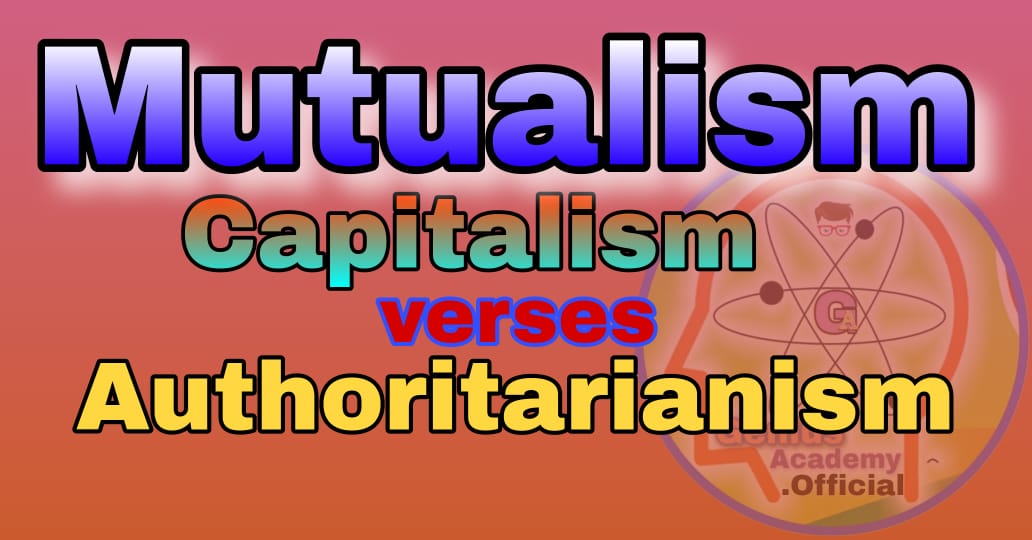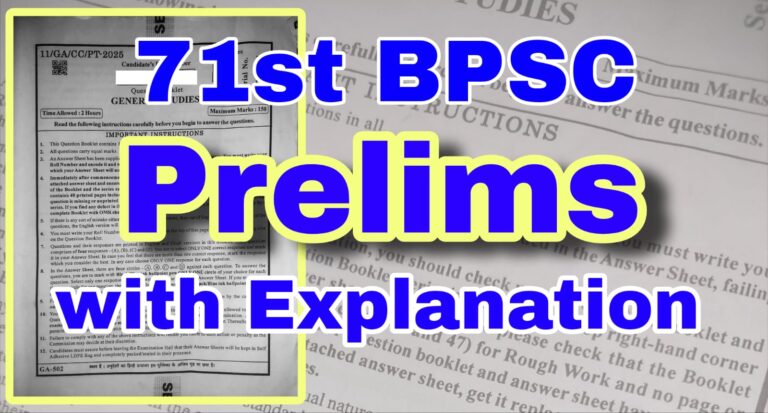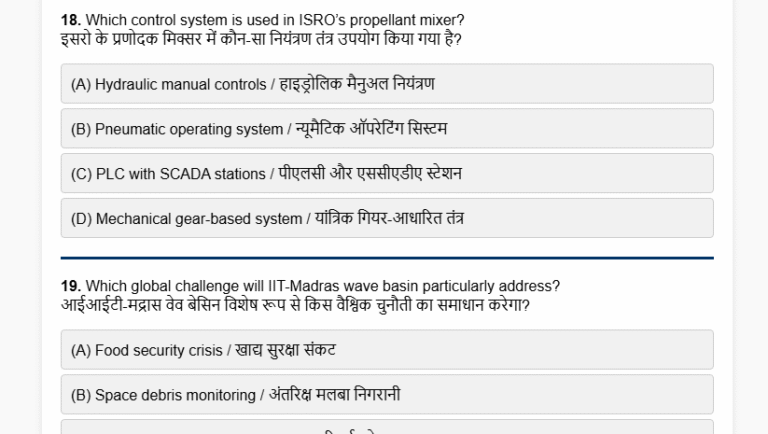Introduction
Mutualism is a socio-economic theory rooted in principles of voluntary cooperation, reciprocity, and the fair exchange of goods and services. Coined by French philosopher Pierre-Joseph Proudhon in the mid-19th century, mutualism represents a critique of both capitalism and authoritarianism. Proudhon sought to create an alternative framework that combined individual autonomy with collective welfare. This detailed examination will delve into the key principles of mutualism, its relationship with property and anarchism, its criticisms, and its potential relevance in modern socio-economic contexts.
1. Historical Context and Origin of Mutualism
1.1 Pierre-Joseph Proudhon and the Birth of Mutualism
Pierre-Joseph Proudhon (1809-1865) was a French philosopher and social theorist who is often regarded as the father of anarchism. His philosophy emerged during a period of intense social and economic upheaval in Europe. In his seminal work, What is Property? (1840), Proudhon declared, “Property is theft,” which became a rallying cry against the exploitative practices of capitalism. However, this statement was nuanced; Proudhon did not reject ownership outright but criticized ownership that enabled exploitation and accumulation of wealth at the expense of others.
1.2 Mutualism as a Response to Capitalism
Mutualism was Proudhon’s response to the inequality and centralization inherent in capitalism. He envisioned a system where individuals and communities could engage in fair and cooperative exchanges. Unlike capitalism, which promotes competition and wealth accumulation, mutualism fosters an economy based on solidarity, fairness, and shared ownership of resources.
2. Core Principles of Mutualism
2.1 Voluntary Cooperation
At the heart of mutualism lies the principle of voluntary cooperation. Individuals and groups voluntarily come together to form cooperative associations that manage resources and distribute goods and services fairly. This approach ensures that participation is based on free choice rather than coercion.
2.2 Reciprocity
Reciprocity is another foundational principle of mutualism. In a mutualist society, exchanges are based on the idea of giving and receiving in equal measure. This ensures fairness and prevents exploitation, as individuals are compensated fairly for their labor or the use of their resources.
2.3 Fair Exchange
Mutualism advocates for exchanges that reflect the true value of goods and services. Unlike capitalist markets, where prices are often determined by supply, demand, and profit motives, mutualist exchanges are grounded in the actual effort and resources involved. This principle aims to eliminate exploitative pricing practices and promote equitable transactions.
3. Cooperative Ownership
3.1 Concept of Cooperative Ownership
In a mutualist society, ownership of productive resources such as land, tools, and machinery is based on cooperative principles. Individuals and communities collectively manage these resources to ensure that they serve the needs of all, rather than a privileged few. Cooperative ownership decentralizes power and promotes self-management.
3.2 Decentralized Management
Decentralized management ensures that decision-making is localized and democratic. Communities or worker associations manage resources collectively, eliminating the need for a central authority. This prevents the concentration of power and wealth, a common feature of capitalist systems.
3.3 Benefits of Cooperative Ownership
- Economic Equality: Cooperative ownership reduces income disparities by ensuring that resources and profits are shared equitably.
- Worker Empowerment: Workers have a say in how resources are used and how their labor is valued.
- Community Development: Local communities benefit directly from the resources they manage, promoting sustainable development and self-reliance.
4. Mutualism and Property
4.1 Property Based on Use
Mutualism does not call for the abolition of property but rather redefines it based on use. This concept, known as “usufruct,” allows individuals to own and use resources as long as they are actively engaged with them. Ownership ceases when the individual no longer uses the resource, preventing speculative accumulation.
4.2 Distinction Between Property and Capital
Proudhon distinguished between personal property and capital. Personal property, such as tools, land, or homes, is acceptable if it serves an individual’s needs. However, capital, which generates profit through exploitation (e.g., factories or rental properties), is critiqued in mutualism. This distinction seeks to protect individual autonomy while preventing exploitation.
4.3 Preventing Exploitation
By limiting ownership to personal use, mutualism prevents individuals from exploiting others through rent, interest, or profit. This principle aims to create a society where everyone has access to resources necessary for their livelihood without being subjected to the dominance of property owners.
5. Mutualism and Anarchism
5.1 Anarchism Defined
Anarchism is a political philosophy that advocates for a society without centralized authority or hierarchical power structures. Anarchists believe in self-management, voluntary cooperation, and direct democracy. Within anarchism, two primary strands can be identified:
- Individual Anarchism: Emphasizes personal autonomy, freedom, and the liberation of individuals from state control.
- Social Anarchism: Focuses on collective management of resources and the organization of society to promote equality and fairness.
5.2 Mutualism as a Bridge Between Individual and Social Anarchism
Mutualism offers a synthesis of these two forms of anarchism. It supports individual freedom by allowing people to engage in voluntary contracts and exchanges. Simultaneously, it promotes collective responsibility through cooperative ownership and decentralized management. This balance ensures that individual liberty does not come at the expense of community welfare.
5.3 A Stateless Society
In a mutualist society, there is no need for a state or central authority. Instead, people organize themselves through cooperative associations and mutual agreements. Contracts and exchanges are based on free consent, ensuring that social interactions are fair and equitable. This decentralized structure aligns with anarchist ideals of self-governance and autonomy.
6. Critiques of Mutualism
6.1 Inability to Challenge Capitalism
One significant critique of mutualism is its perceived inability to challenge the structural inequalities of capitalism. Critics argue that mutualism’s reliance on small-scale property ownership cannot address the concentration of wealth and power inherent in modern capitalist economies. Large corporations and monopolies can easily undermine small producers, making it difficult for mutualist principles to thrive.
6.2 Idealism and Practicality
Another critique is that mutualism may be too idealistic or difficult to implement on a large scale. The theory assumes that people will voluntarily cooperate and engage in fair exchanges. However, human behavior is complex, and competition or self-interest might undermine mutualist principles. Scaling mutualism to an entire society may therefore be impractical.
6.3 Overlooking Class Struggle
Mutualism is criticized for overlooking the realities of class struggle. In capitalist societies, small producers and cooperatives often face immense pressure from larger corporations. Without addressing systemic power imbalances and class dynamics, mutualism may struggle to provide a viable alternative to capitalism.
6.4 Lack of Enforcement Mechanisms
Since mutualism rejects centralized authority, critics argue that it lacks mechanisms to enforce fair practices and resolve conflicts. In the absence of a state or regulatory body, maintaining justice and preventing exploitation may be challenging.
7. Potential Solutions to Critiques
7.1 Federations of Cooperatives
One way to address the limitations of small-scale mutualist enterprises is by forming federations of cooperatives. These federations can pool resources, share knowledge, and collaborate to compete with larger capitalist entities. By building networks of mutual aid, cooperatives can strengthen their resilience and influence.
7.2 Incorporating Social Safety Nets
Mutualism could incorporate social safety nets to support individuals during economic hardship. While mutualism emphasizes self-reliance, collective insurance systems or mutual aid funds can provide a buffer against unforeseen challenges.
7.3 Hybrid Models
Hybrid models that combine mutualist principles with elements of state support or regulation may offer a pragmatic path forward. For example, local governments could support cooperative enterprises through funding, education, or legal protections while maintaining a decentralized structure.
7.4 Addressing Power Imbalances
To address class struggle, mutualists could adopt strategies that challenge systemic power imbalances. This includes advocating for policies that break up monopolies, redistribute wealth, and empower workers through democratic control of industries.
8. Relevance of Mutualism in Modern Society
8.1 Rise of the Sharing Economy
The modern sharing economy, characterized by platforms like ride-sharing, tool libraries, and cooperative housing, reflects mutualist principles of shared ownership and fair exchange. These initiatives demonstrate the feasibility of mutualist ideas in contemporary contexts.
8.2 Worker Cooperatives
Worker cooperatives, where employees collectively own and manage businesses, are gaining popularity. These cooperatives embody mutualist values by promoting fairness, democracy, and shared prosperity. Successful examples include the Mondragon Corporation in Spain, a network of worker-owned businesses that operate on mutualist principles.
8.3 Decentralized Technology
Technologies like blockchain and decentralized finance (DeFi) offer new opportunities for mutualist practices. These technologies enable peer-to-peer exchanges and eliminate the need for centralized intermediaries, aligning with mutualist ideals of decentralized management and voluntary cooperation.
8.4 Sustainable Development
Mutualism supports sustainable development by encouraging local production, reducing waste, and promoting community-based resource management. In an era of climate change and environmental challenges, mutualism offers a framework for sustainable and equitable economic practices.
Conclusion
Mutualism, as articulated by Pierre-Joseph Proudhon, offers a compelling alternative to both capitalism and authoritarianism. By emphasizing voluntary cooperation, reciprocity, and fair exchange, mutualism seeks to create a society where individuals and communities thrive through shared ownership and decentralized management. Despite its critiques—such as its perceived idealism, inability to challenge systemic inequalities, and lack of enforcement mechanisms—mutualism remains a radical and thought-provoking theory.
In modern contexts, mutualist principles are reflected in cooperative enterprises, the sharing economy, and decentralized technologies. While challenges remain, the ideas of mutual aid, cooperation, and fairness continue to inspire movements for economic and social justice. Mutualism envisions a world where individuals are free to pursue their own interests while maintaining a strong sense of community and mutual respect. In an increasingly unequal and exploitative world, mutualism offers a vision of hope, solidarity, and fairness.
Source:- THE HINDU
Daily Mains Practice Questions
UPSC (CSE) Mains Questions on Mutualism
1. Essay-Type Questions
| [Q1.] “Mutualism offers a middle path between capitalism and authoritarianism.” Discuss this statement in the context of Pierre-Joseph Proudhon’s critique of property and authority. |
| [Q2.] Evaluate the relevance of mutualism in addressing the challenges posed by modern capitalism and wealth inequality. Is it a viable alternative to contemporary economic systems? |
| [Q3.] A mutualist society strikes a balance between individual freedom and collective welfare.” Critically analyze this statement with reference to the principles of voluntary cooperation and decentralized management. |
2. General Studies Paper 1: Society and Social Issues
| [Q1.] Explain the concept of mutualism as proposed by Pierre-Joseph Proudhon. How does it seek to balance individual autonomy with collective responsibility? (250 words) |
| [Q2.] Discuss the historical context that led to the emergence of mutualism in the mid-19th century. How did mutualism respond to the socio-economic conditions of that period? (250 words) |
| [Q3.] Examine the criticisms of mutualism, particularly its inability to address class struggle and systemic power imbalances. Suggest potential solutions to make mutualism more applicable in modern societies. (250 words) |
3. General Studies Paper 2: Governance and Polity
| [Q4.] How does mutualism propose a stateless society? Evaluate its feasibility in the context of modern governance and law enforcement. (250 words) |
| [Q5.] Analyze the relationship between mutualism and anarchism. How do individual anarchism and social anarchism find common ground within mutualist principles? (250 words) |
| [Q6.] Critically assess how decentralized management and cooperative ownership, as advocated by mutualism, could impact modern democratic governance. (250 words) |
4. General Studies Paper 3: Economy
| [Q7.] What is cooperative ownership in mutualism, and how does it differ from capitalist modes of property ownership? Discuss its potential advantages and limitations. (250 words) |
| [Q8.] Explain the concept of property based on use (usufruct) in mutualism. How does it seek to prevent exploitation and promote equitable resource distribution? (250 words) |
| [Q9.] Evaluate the role of mutual aid and reciprocity in fostering sustainable economic development. Provide examples of how these principles are reflected in modern cooperative enterprises. (250 words) |
5. General Studies Paper 4: Ethics, Integrity, and Aptitude
| [Q10.] Discuss the ethical principles underlying mutualism, particularly those related to fairness, voluntary cooperation, and reciprocity. How can these principles inform contemporary debates on economic justice? (250 words) |
| [Q11.] How does mutualism address the ethical dilemma between personal property rights and social responsibility? (250 words) |
FAQs on Mutualism
1. What is mutualism?
Answer:—
Mutualism is an economic and social theory proposed by Pierre-Joseph Proudhon that emphasizes voluntary cooperation, reciprocity, and the fair exchange of goods and services. It advocates for cooperative ownership and decentralized management of resources to promote fairness and avoid exploitation.
2. How does mutualism differ from capitalism?
Answer:—
Mutualism differs from capitalism by rejecting profit-driven accumulation and exploitation. In mutualism, ownership is based on use rather than accumulation, promoting fair exchanges and cooperative management rather than competition and centralized wealth.
3. Does mutualism reject private property?
Answer:—
Mutualism does not reject private property entirely. It supports ownership based on use (usufruct), where individuals can own tools, land, or other resources as long as they are actively using them. However, it opposes ownership that leads to exploitation or profit from others’ labor.
4. What is the role of the state in mutualism?
Answer:—
Mutualism envisions a stateless society where people organize themselves through voluntary cooperation and mutual agreements. Instead of a central authority, communities manage resources through decentralized decision-making.
5. How does mutualism relate to anarchism?
Answer:—
Mutualism shares core principles with anarchism, such as the rejection of centralized authority and the emphasis on self-management. It bridges individual anarchism (personal freedom) and social anarchism (collective welfare) by promoting both individual autonomy and cooperative responsibility.
6. What are the main criticisms of mutualism?
Answer:—
The main criticisms of mutualism include:
- Weak challenge to capitalism: It may not effectively address systemic wealth and power imbalances.
- Idealism: It may be too difficult to implement on a large scale.
- Overlooking class struggle: It does not fully address the dynamics between small producers and large corporations.
7. Is mutualism practical in modern society?
Answer:—
While mutualism faces challenges, its principles are reflected in modern practices like worker cooperatives, the sharing economy, and decentralized technologies. These examples suggest that mutualism can offer viable alternatives to traditional economic models.
8. What is cooperative ownership in mutualism?
Answer:—
Cooperative ownership in mutualism means that resources like land, tools, or machinery are managed collectively by individuals or communities. This prevents exploitation and ensures that benefits are distributed fairly among those involved.
9. How does mutualism address exploitation?
Answer:—
Mutualism addresses exploitation by advocating for ownership based on use and ensuring that exchanges are reciprocal and fair. This prevents individuals from profiting off others’ labor through mechanisms like rent, interest, or profit.
10. Can mutualism coexist with modern technology?
Answer:—
Yes, mutualist principles can be applied to modern technology through decentralized platforms, blockchain, and peer-to-peer networks. These technologies promote cooperation, transparency, and equitable exchanges, aligning with mutualist values.







